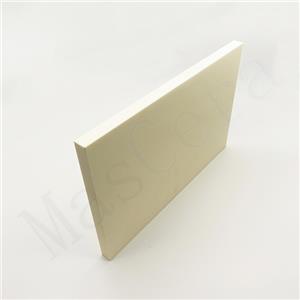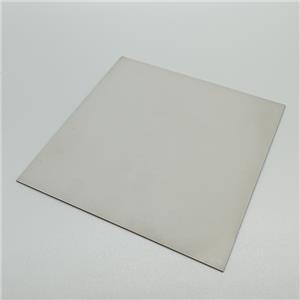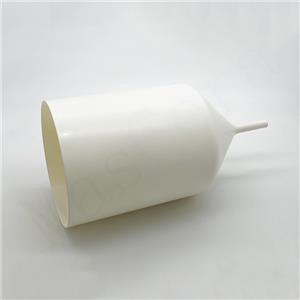Main Processes of Zirconia Ceramic Products
Zirconia generally refers to zirconium dioxide (ZrO2), the primary oxide of zirconium. Unlike traditional ceramics prone to hardness and brittleness changes, zirconia exhibits high strength, wear resistance, and flexibility, surpassing most other technical ceramics.
To enhance its mechanical properties and thermal stability, zirconia ceramics typically incorporate stabilizers. Depending on the stabilizer used, partially stabilized zirconia (PSZ) can be classified into yttria-stabilized zirconia (Y-PSZ) and magnesia-stabilized zirconia (Mg-PSZ). The choice between these depends on specific application requirements.
![]()
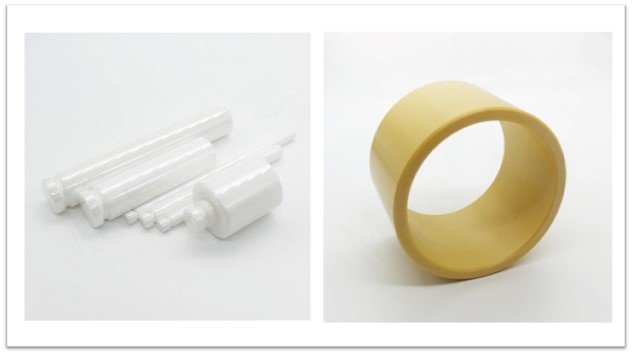
Due to its unique properties, zirconia finds wide applications across various sectors:
● Structural Ceramics:
Utilized for high-temperature, friction, corrosion-resistant structural materials such as zirconia ceramic dowel pins, zirconia ceramic balls and ceramic seats, zirconia ceramic bearings, zirconia ceramic grinding media, and zirconia ceramic rods.
● Functional Ceramics:
Used in solid electrolytes, sensors, sensitive components, catalysis, biomedical applications, etc. Products include zirconia oxygen sensors, ceramic optical fiber ferrules, and sleeves.
● Consumer Applications: 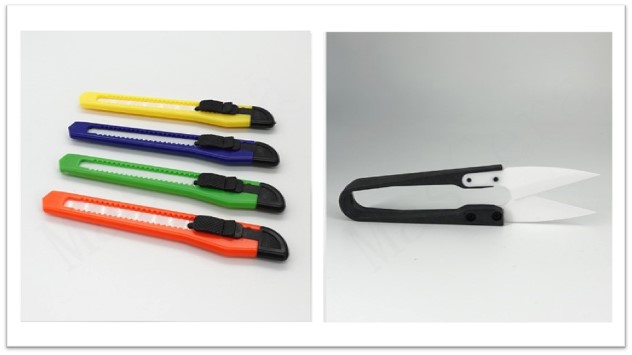 Zirconia ceramic knives are known for their high strength, wear resistance, non-oxidizing, rust-proof, acid-resistant, antistatic properties, and inertness towards food, presenting an ideal choice for high-tech, eco-friendly kitchen tools like retractable utility knives and cutting blades.
Zirconia ceramic knives are known for their high strength, wear resistance, non-oxidizing, rust-proof, acid-resistant, antistatic properties, and inertness towards food, presenting an ideal choice for high-tech, eco-friendly kitchen tools like retractable utility knives and cutting blades.
So, what are the main processing steps for zirconia ceramic products?
They primarily involve four steps:
1、Raw Material Preparation:
The initial step involves obtaining high-quality raw materials. Zirconia raw materials are typically synthesized zirconium, which is chemically synthesized for higher purity and stability. After selecting the raw materials, the next step involves preparing the mixture. This mixture usually consists of zirconium, colorants, and fluxes mixed in specific proportions. The zirconium content significantly influences the melting point and performance of the product. Colorants alter the ceramic's color, while fluxes lower the melting point and enhance flow during melting.
2、Forming Methods:
● Dry Pressing:
Involves compressing ceramic powders into desired shapes using pressure. It ensures precise dimensions, simplicity in operation, and minimal moisture and binder content, resulting in reduced shrinkage during drying and firing. Dry pressing is suitable for simpler product shapes with a smaller length-to-diameter ratio.
● Isostatic Pressing:
Develops from traditional dry pressing, applying pressure uniformly from all directions using fluid. It ensures uniform density throughout the ceramic, minimizing density variations in different directions. However, it requires complex and expensive equipment, suitable mainly for special requirements like large sizes or unique shapes.
● Injection Molding:
Involves mixing ceramic powders with organic binders, then injecting the mixture into molds under high pressure (tens to hundreds of MPa). It offers high automation, precise molding, and high surface finish but requires extended time for binder removal during subsequent firing and can lead to quality issues.
3、High-Temperature Sintering:
Post-forming, zirconia ceramics undergo sintering, where ceramic powder particles bond at high temperatures to form dense ceramic bodies. Sintering significantly influences ceramic properties, with temperature, time, and atmosphere control critical. Typically, zirconia ceramics are sintered around 1600°C in oxygen or nitrogen atmospheres to prevent zirconium reduction.
4、Post-Processing:
After sintering, zirconia ceramics undergo post-processing to improve their performance and appearance. This includes cutting, drilling, grinding, and polishing:
● Cutting: Used to divide zirconia ceramics into different shapes and sizes.
● Drilling: Achieved via CNC or laser equipment to create holes of varying sizes.
● Grinding and Polishing: Smooths surfaces and enhances gloss using polishing agents and machines.
These processes ensure zirconia ceramics meet diverse application demands across industries, characterized by their exceptional mechanical, thermal, and aesthetic properties.
XIAMEN MASCERA TECHNOLOGY CO., LTD. is a reputable and reliable supplier specializing in manufacturing and sales of technical ceramic parts. We provide custom production and high precision machining for a wide series of high performance ceramic materials including alumina ceramic, zirconia ceramic, silicon nitride, silicon carbide, boron nitride, aluminum nitride and machinable glass ceramic. Currently, our ceramic parts can be found in many industries like mechanical, chemical, medical, semiconductor, vehicle, electronic, metallurgy etc. Our mission is to provide the best quality ceramic parts for global users and it is a big pleasure to see our ceramic parts work efficiently in customers' specific applications. We can cooperate on both prototype and mass production, welcome to contact us if you have demands.

